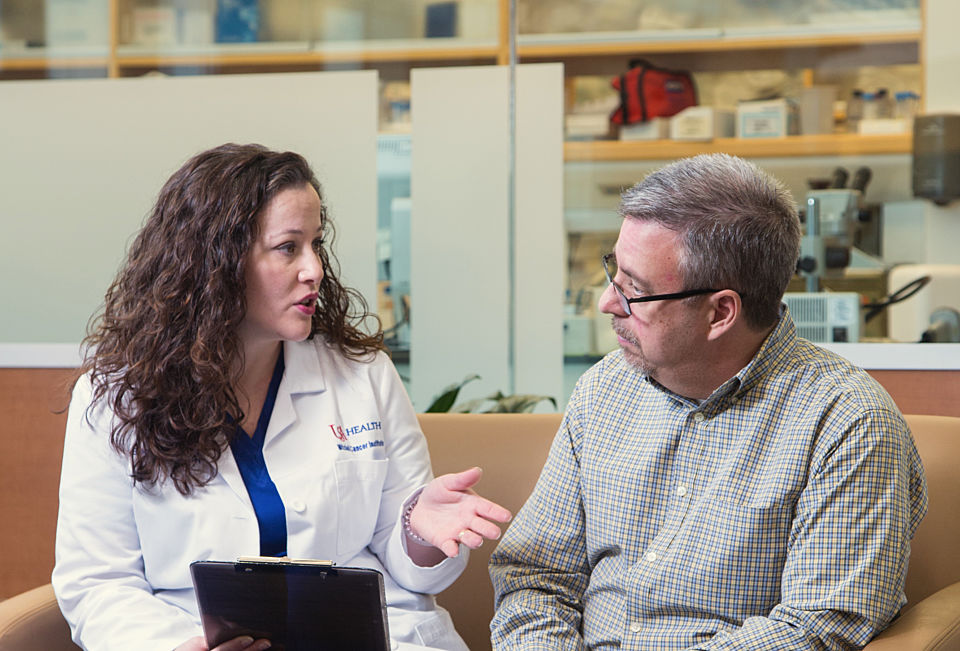About Laparoscopic Sleeve Gastrectomy
Laparoscopic sleeve gastrectomy is performed laparoscopically through very small incisions. Sophisticated instruments and a small camera are inserted through these incisions to conduct the operation. The minimally invasive surgery creates less tissue damage, fewer complications and an earlier discharge from the hospital.
In this procedure, most of the stomach is removed, and a vertical "sleeve" or tube is fashioned from the remaining stomach. Afterward, the stomach volume is between 2 and 3 ounces. Foods passes through the reduced stomach into the small intestine in a normal fashion. The food does not bypass any of the intestines, so this procedure provides a much lower risk of malabsorption than gastric bypass surgery. (Malabsorption occurs when the body cannot absorb nutrients from the food you eat.) Because your stomach is so much smaller after laparoscopic sleeve surgery, a smaller portion size of food fills you. This causes you to lower your food intake, which results in weight loss.
By reducing the size of the stomach, this procedure also reduces the production of ghrelin, also known as the “appetite hormone” as it regulates hunger. A decrease of this hormone reduces hunger and contributes to the success of the procedure.
On average, a year after surgery, patients tend to lose 50 percent of their excess weight.








